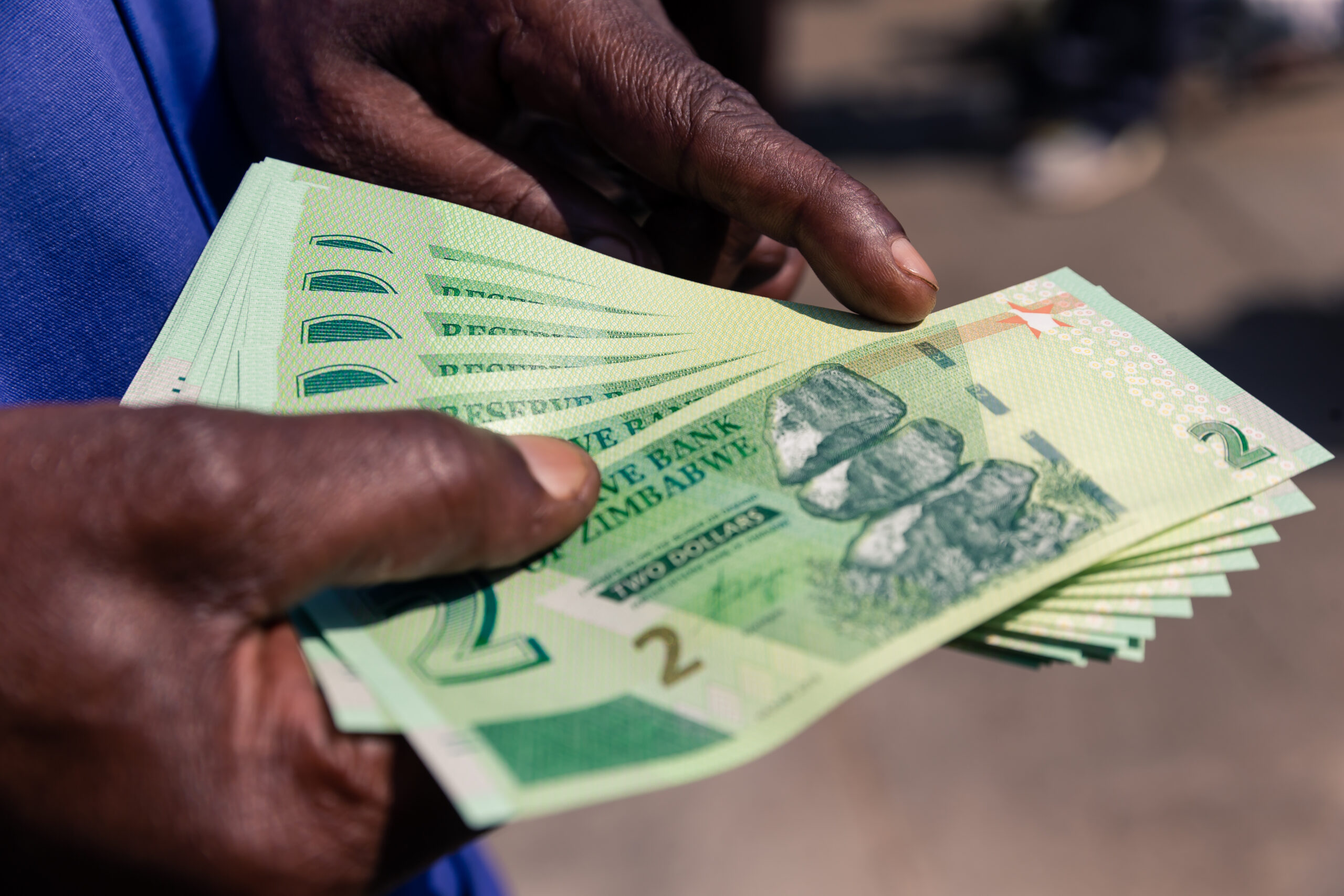Inflation races to 13 months high
Zimbabwe’s economic struggles continued to deepen in February 2024 as the country grappled with its highest inflation rate in 13 months.
This concerning development coincided with a sharp decline in the value of the local Zimbabwe dollar.
For context, Zimbabwe has been battling persistent inflation for several years.
In February 2023, the inflation rate reached a staggering 44,1 percent, followed by an even higher 53 percent in January 2023.
While February 2024’s figure of 47,6 percent falls short of the January peak, it still represents a significant upward trend.
This inflationary spiral is fueled by the depreciation of the Zimbabwe dollar.
The currency has lost significant value against major currencies like the US dollar from $6 192.4022 to the greenback at the beginning of the year to $14 912.8290 yesterday, making imports more expensive and driving up domestic prices.
The Zimbabwe National Statistics Agency reported that consumer prices rose by 5,4 percent in February compared to January, marking the second-highest monthly increase in 8 months.
This increase was primarily driven by rising costs in essential categories like food and non-alcoholic beverages (84,4 percent) and housing, utilities, and fuels (60 percent).
Analysts had previously warned of this upward inflationary trajectory, citing the ongoing depreciation of the Zimbabwe dollar as the main culprit. Additionally, some fiscal policies such as tax changes and the introduction of new taxes contributed to the inflationary pressures.
The Government has attempted to curb inflation through various measures, including raising interest rates and, the introduction of gold coins and bullion-backed digital tokens.
These initiatives aimed to provide alternative stores of value and potentially stabilize the currency but with limited or temporary success.
On the fiscal side, the Government has implemented adjustments in budgetary policies to control spending and potentially reduce inflationary pressures.
However, the effectiveness of these measures has been limited, and the country continues to face significant economic challenges. Market players are now pinning hope on the forthcoming 2024 Monetary Policy Statement (MPS).
Both the outgoing and incoming central bank governors Dr John Mangudya and Dr John Mushayavanhu have promised the MPS will decisively deal with currency and price instability.
“As Treasury, as the central bank and as the Government of Zimbabwe, we think what we are convinced what we are working on is what the Zimbabwean market required and we have found the solution to the instability of the exchange rate which has been bothering us for a long time,” said Dr Mangudya in a recent interview with this publication.
Responding to questions from this writer, Dr Mushayavanhu, who reportedly is already participating in activities that involve the central bank, said:
“All the above questions will be adequately addressed in the forthcoming Monetary Policy Statement.”
Finance and Economic Development Minister Professor Mthuli Ncube is also on record that the 2024 MPS will provide answers to the exchange rate challenges in particular addressing challenges posed by the 10 percent exchange rate trading margin that businesses must adhere to in their
pricing.-ebusinessweekly











